Humans love games.
You love games. We love games.
Games are fun: they’re engaging and mentally stimulating. Our fondness for games is hardwired into our brains.
Want proof that we love games?
The iTunes App Store has over one million gaming apps, almost triple the number since July 2016. People are downloading games. Chances are, you have a game or two on your smartphone right now. Maybe you even played it today.
On top of this, over two-thirds or 65% of Americans, game at least once a week.
And it’s not just kids playing video games, either. In fact, the average age of gamers is 35. When was the last time you played a video game?
If you want to increase engagement, boost brand awareness, and generally make your content more enjoyable, gamification is a strategy you’ll want to implement.
Gamification is a pretty nasty-sounding word, but don’t worry. We’ll break it down nicely and easily.
Here are our aims for this post:
- Explain what gamification is, and
- Provide some examples of the ways to apply it.
We also want to be clear about one thing: gamification doesn’t always mean playing games. Gamification is a broader principle that’s about content engagement.
(If you stick with us to the end of the post, however, I’ll show you some real games to inspire you.)
In this post, you’ll learn some cool stuff. Gamification is a game changer, and we will give you a game plan to help you improve your game. (Sorry, we couldn’t resist.)
It’s game time.
What is gamification?
Here are some definitions of gamification — an example of gamifying in education:
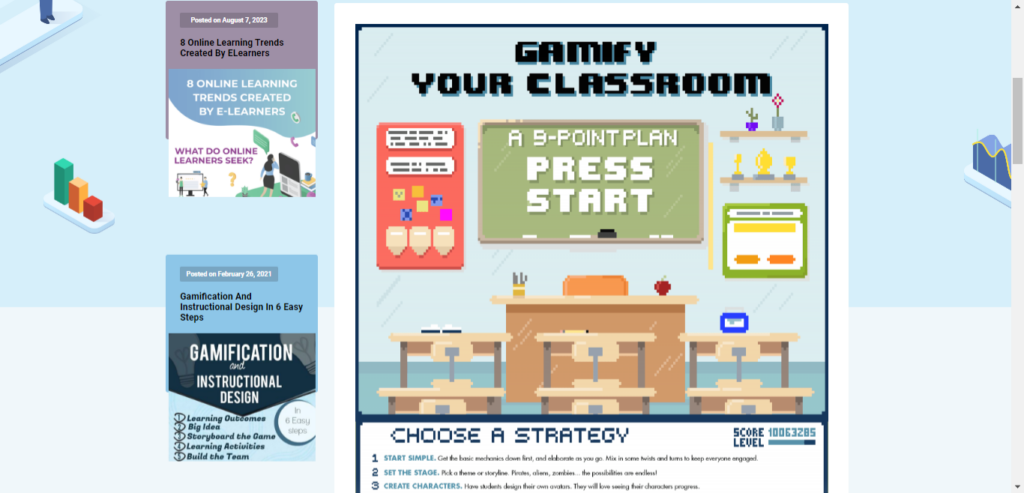
Most people tend to agree that gamification is about game dynamics or game elements.
A quote from the MDPI study states:
“The concept of gamification utilizes game elements and mechanics, known for their ability to motivate and engage players over extended periods, and applies them to nongame contexts. Its main goal is to replicate the same level of motivation and engagement for other purposes beyond gaming.”
Although gamification could be considered to be another catchy buzzword, the concept isn’t exactly new.
In fact, it can be traced back to 2002, when it was coined by computer programmer and inventor Nick Pelling.
However, it didn’t really catch on until 2010. That’s when it gained traction from Gartner’s prediction that more and more companies would begin gamifying processes to better appeal to consumers and increase customer retention.
Look where we are now. Gamification is everywhere.
The beautiful thing about gamification is that it’s fairly easy to implement. Plus, you can choose from various approaches to ensure they mesh with your content.
Here are some specific gamification techniques you can experiment with.
Leaderboards
An innate desire that most humans have is the urge to compete.
Many of us want to outperform the next guy and be the top dog.
Leaderboards have long been a way of achieving status in the gaming world.
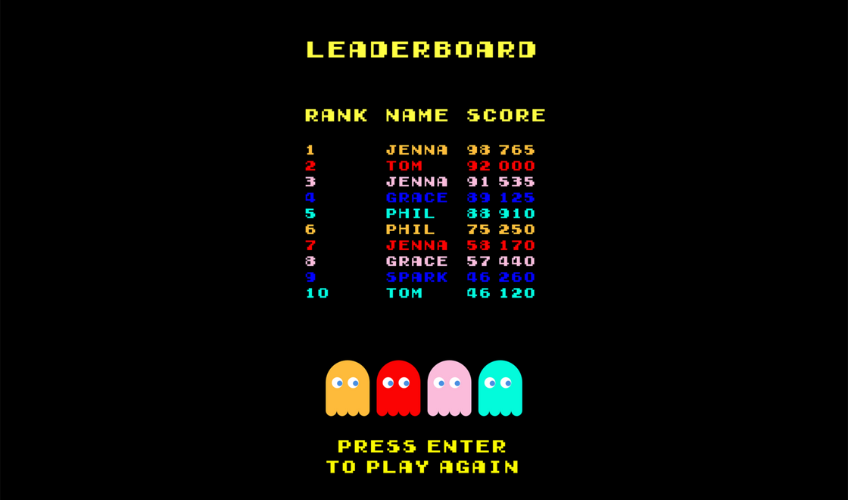
Not much has changed, even if it’s Minecraft instead of Pac-Man today.

One method we found to be effective at boosting engagement is a leaderboard around our content.
Let us explain. Say you’ve got a message board where your online community communicates and exchanges ideas.
You could build a leaderboard that ranks each member by the number of comments, replies, thanks, or other elements.
If a particular person was in fifth place and not far behind the leader numbers-wise, this could definitely motivate them to keep commenting and engaging further.
This technique is in play on CoreJoomla:

Leaderboards don’t always have to track person-to-person competition. You can use a simple leaderboard approach for featuring your articles.
This simple content leaderboard on Quick Sprout shows users the most popular blog articles, encouraging them to click through and read the blog.
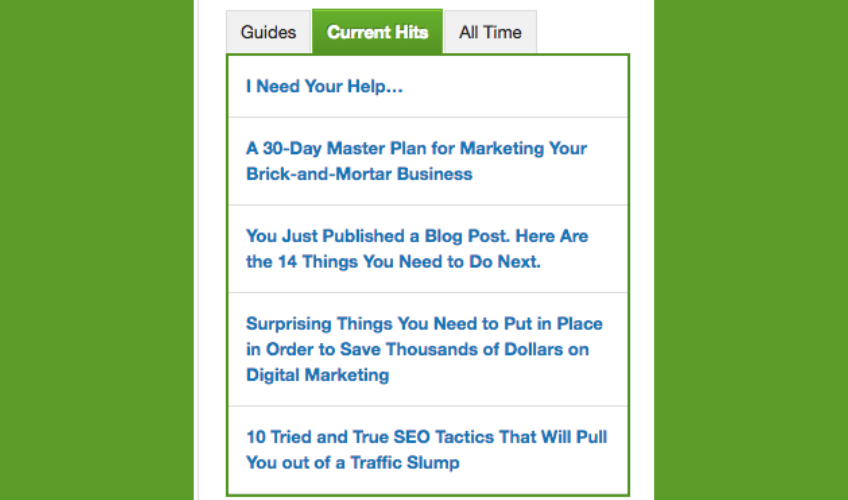
Leaderboards can take many shapes and forms. It depends on your creativity.
Quizzes
Let’s be honest. We can all be a tad narcissistic at times.
We like to unearth information about ourselves, figure out who we are and what we value, and often share it with others.
Quizzes cater to this narcissistic tendency and can be highly effective at reeling in your audience.
The best part is that many people will want to get their friends involved, which translates into more traffic.
Studies found that 8 of the top 10 most shared articles were quizzes. According to Buzzsumo, “on average a quiz gets shared 1,900 times.”
That’s a lot of sharing.
When creating content, see if you can incorporate a quiz to encourage audience participation.
They are fairly easy to design, and you can use a platform such as ProProfs Quiz Maker to create them.
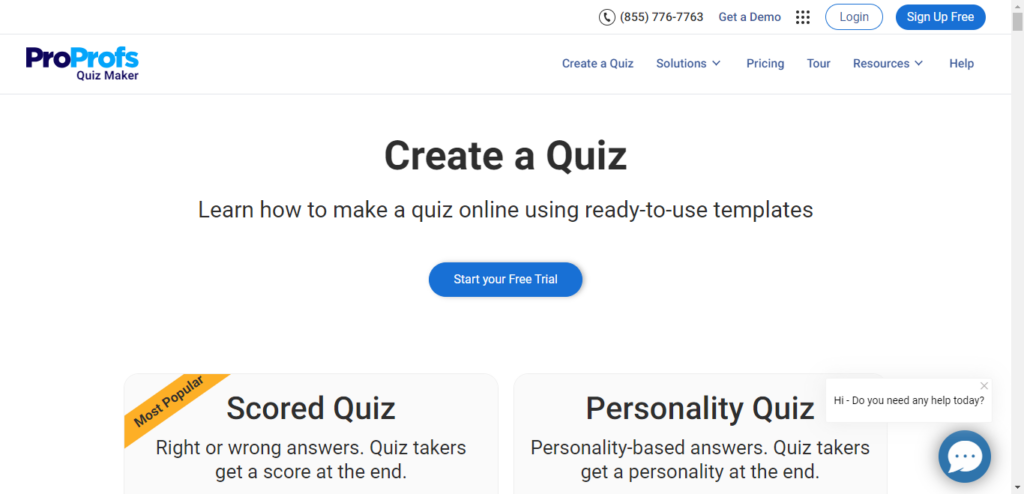
One of the most popular quizzes of all time is “What is The Color of Your Aura?” which gained millions of shares:
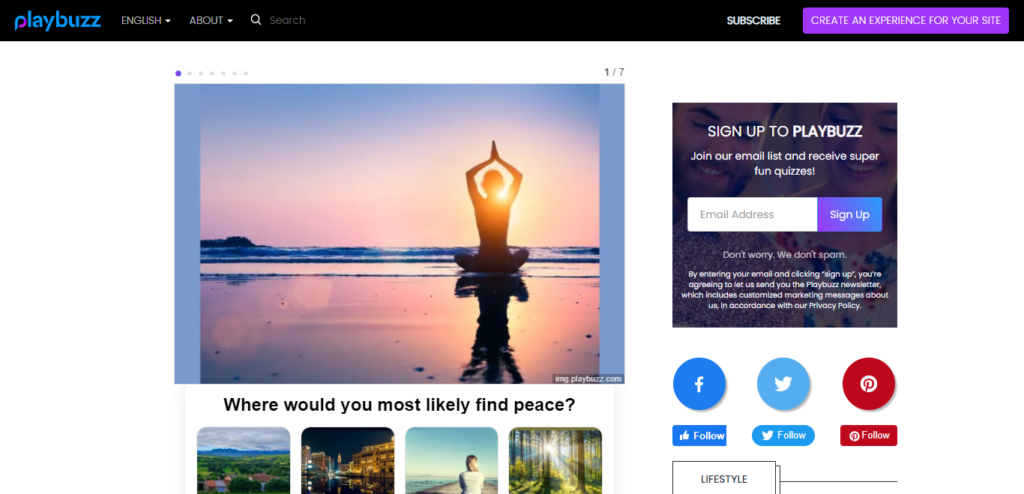
Some of the most popular quizzes come from BuzzFeed. No surprise there.
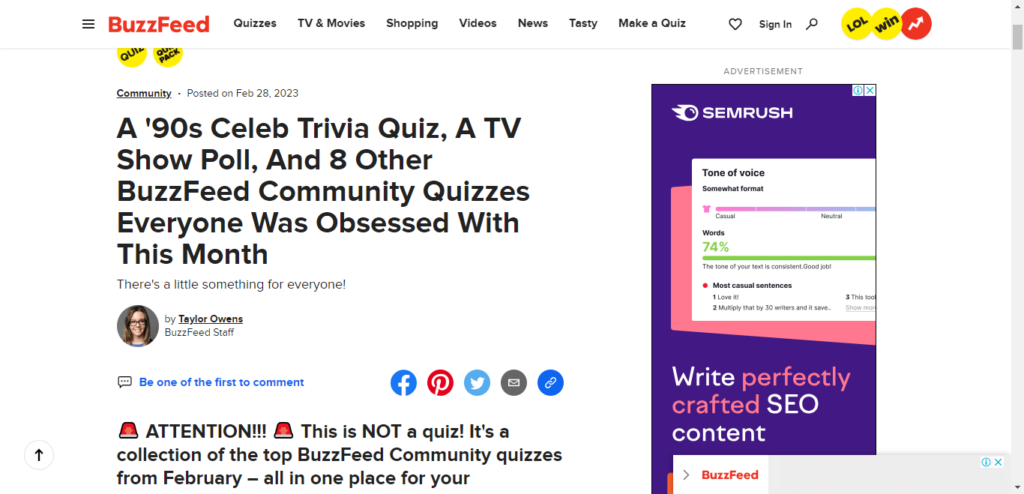
What might surprise you, however, is how appealing such quizzes actually are to people.
You may be busy, stressed, and have a full schedule for today. But a quiz about something as inane as serving sizes is somehow compelling. You want to play.
Why? Because there is a subtle challenge to your smartness. You want to prove to yourself or others that you’re darn good at knowing serving sizes.
So, you take the quiz.
BuzzFeed wins. They’ve successfully persuaded you to do something on their site for four minutes.
The Telegraph is also an expert at producing compelling quizzes:

If you haven’t tried it yet, we encourage you to use a site like ProProfs to create a quiz. It only takes a few minutes, and the results are huge.
Badges
People also like to be rewarded for their efforts.
Think back to your elementary school days when your teacher gave star stickers as positive reinforcement for doing something well.
Whenever you amassed five stars, there was a reward.
Giving audiences virtual badges has become a popular way to reward people for the time and energy they invest.
These badges tend to legitimise people, and users can show them off to their friends.
If you were trying to encourage readers to comment on your blog posts, you could give readers certain badges for the number of comments they left or for the length of time they contributed to a discussion.
Previously, most social media platforms allocated badges or verified blue ticks for well-known figures. However, while Meta products (Instagram, Facebook, WhatsApp) continue to provide this feature, others like X (formerly Twitter) and Quora are no longer doing so or have changed their verification policy.

The changes in verification might signal a stall in this line of gamification.
Search Engine Journal, a content-based site, previously applied gamification to rank contributor base.
Authors who contribute frequently with top-rated content are recognized with a “VIP contributor” badge on their profiles.
As you can see in the second image below – there’s no VIP badge. It’s possible that the verified account side of gamification is less relevant now.

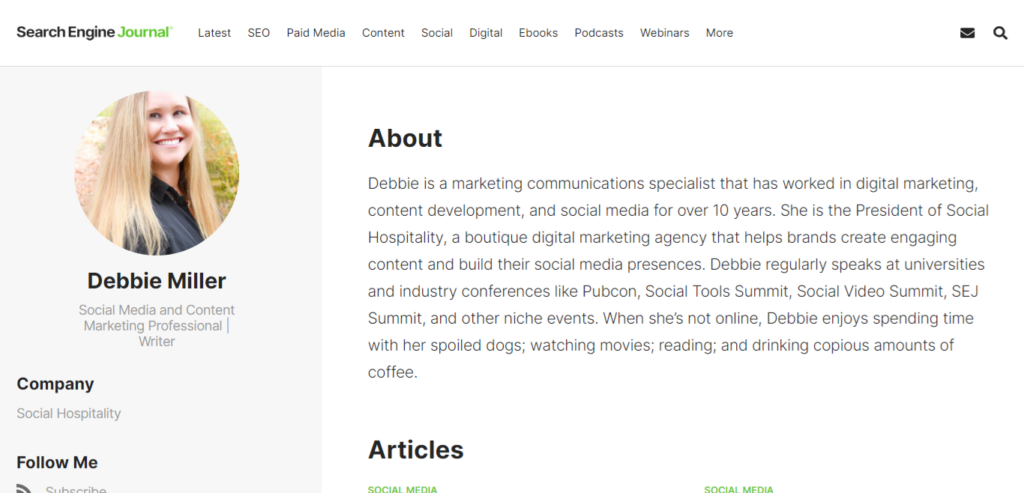
Leveling
This is similar to badges because it exploits people’s desire to achieve a certain status.
But rather than using digital icons as rewards, you assign your customers, readers, etc., different levels according to their level of involvement.
Maybe there are 10 different levels –10 being the highest. This could definitely motivate someone to participate and become a more involved member of your online community.
Credit Karma uses a variety of gamification techniques. They use the leveling feature on several of their interactive pages:
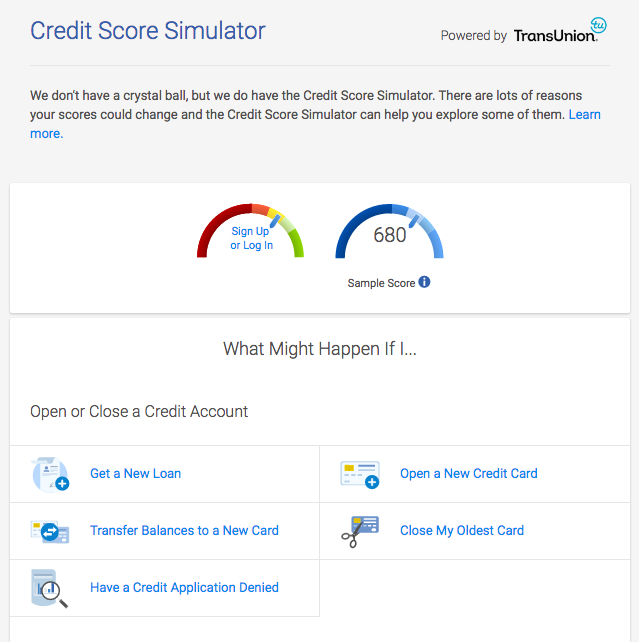
Challenges
Who doesn’t love a good challenge?
Testing ourselves pushes us to grow, progress, and become better versions of ourselves.
You could challenge consumers to post pictures on Instagram showing unconventional ways of using your product.
Or maybe at the end of a blog post, you create a scenario and ask your readers a question to see what they would do in a difficult situation.
Many people will be compelled to take you up on a challenge, and you’re likely to see a significant increase in engagement.
Moz used a gamification challenge feature to help users decide which tool they needed for a specific SEO issue.
By clicking the checkbox of the issue they are interested in, users can get an instant display of the tool they should look into.

Health challenges are a popular gamification feature. Some healthcare providers challenge allow members to track their progress and earn reward tiers.
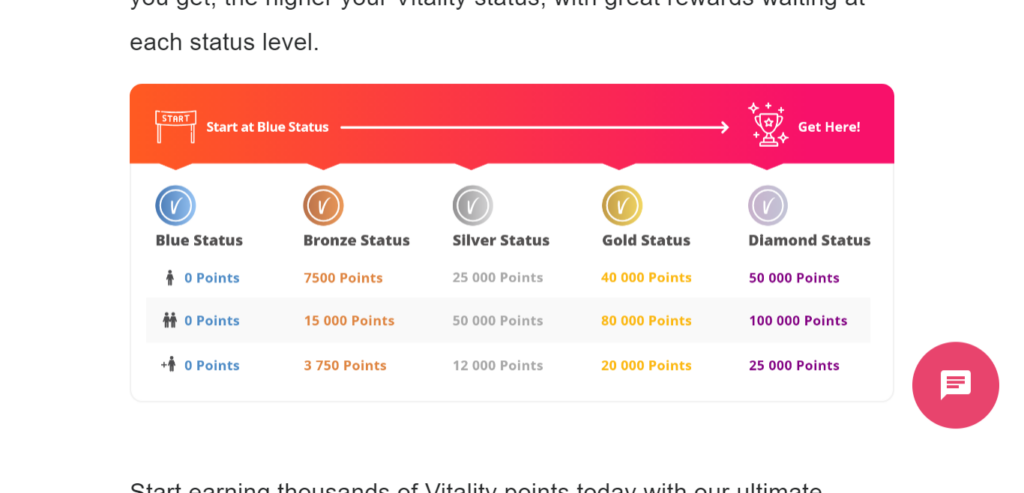
Progress bar
Perhaps one of the most straightforward gamification techniques is to display a progress bar as a person completes a form or reviews a product/service.
This shows people what percentage of the process they’ve completed as they move from step to step.
For instance, if they’ve filled out two of five pages, the progress bar would say “40% done.”
People hate to leave things incomplete, so the desire to complete a process can serve as motivation to follow through to the end.
You can use progress bars almost anywhere. As long as the user is focused on completing a task, there’s room for a progress bar.
We also use this handy SEO analyzer tool:
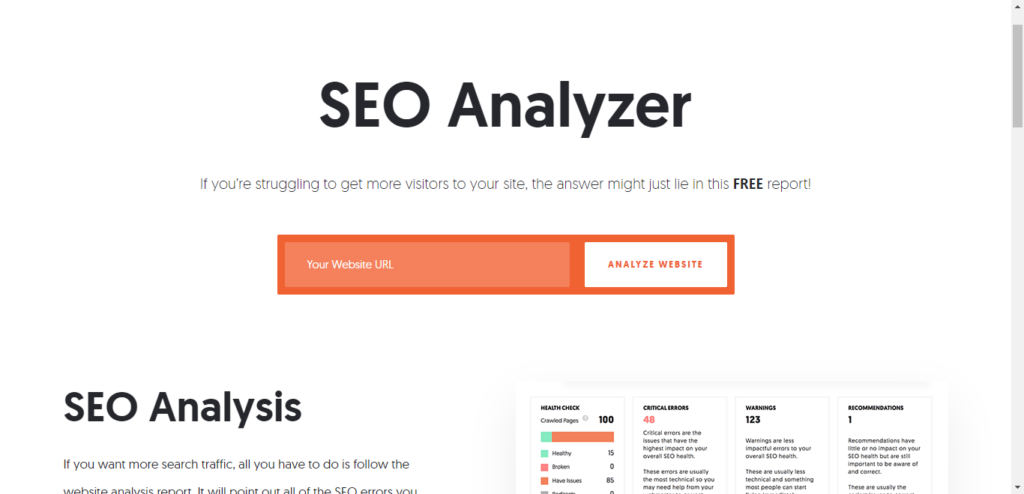
This kind of progress bar motivates users to do whatever it takes to get to the all-star status. The result for LinkedIn is higher engagement levels and more interaction on the site.
One of the most common goals of a website is to get users to join a mailing list or download something. The idea, of course, is to gain the user’s email address.
LeadPages is an expert at conversion optimization, and its progress bar is genius:
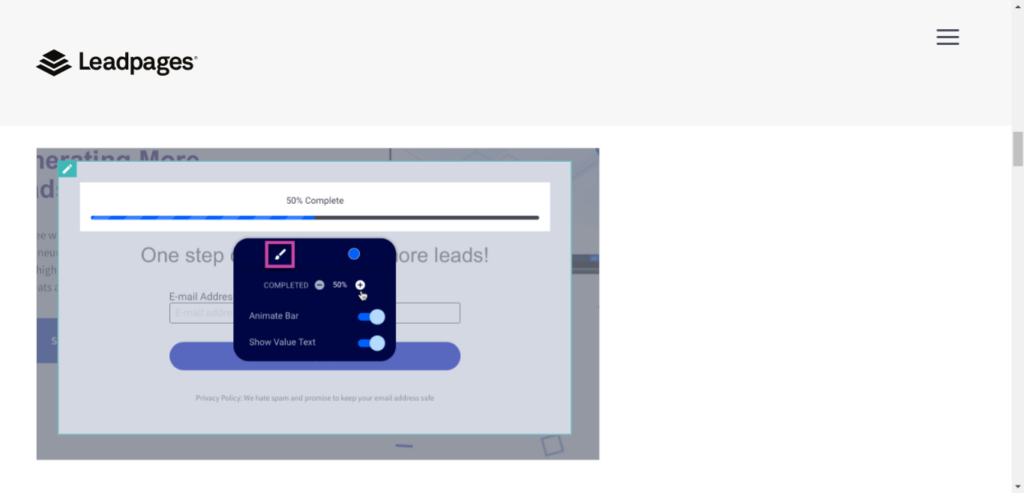
When you see the progress bar, it encourages you to complete the signup process.
Actual games
Yep, you can add actual games too.
Why not? As mentioned at the beginning of this article, humans love games. Even if the game doesn’t have much to do with your content or product, it will still keep people engaged with your site.
More engagement, regardless of the reason, is a good thing.
Here’s how and where you can add games:
- Build a mini-game instead of a normal blog post. This doesn’t need to be anything complicated. Just create a small game and see what happens to traffic and engagement.
- Add a game to your 404 page. It turns “oh, snap” into “oh, cool.”
Let us show you some examples of this…
While 404 error games aren’t as popular now, Optinmonster reviews various creative uses of these placeholder pages, noting the Heyzap game 404 page.
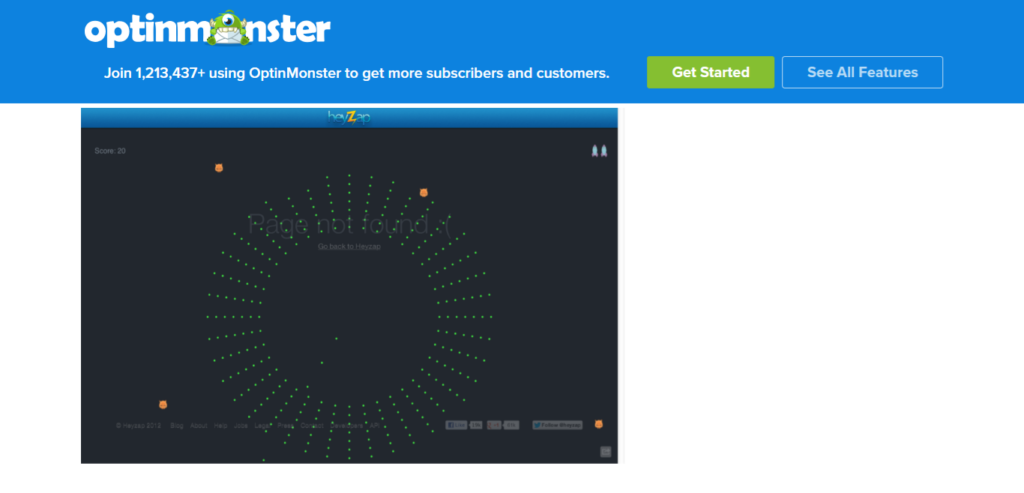
If you’re not careful, you can squander a solid fifteen minutes making that guy jump.
Google has implemented its fair share of games over the years.
If you’re bored, you can spend a lot of time playing Google Snake:
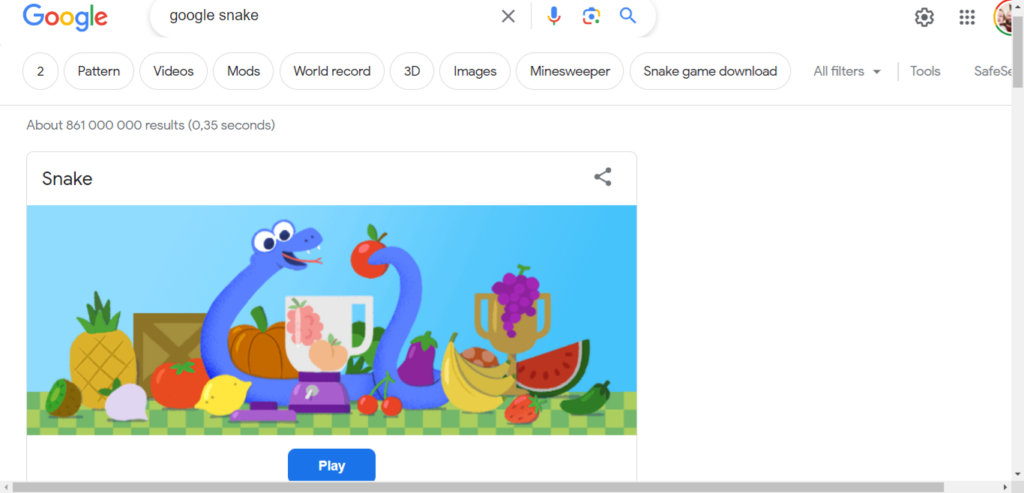
Or Google Gravity:
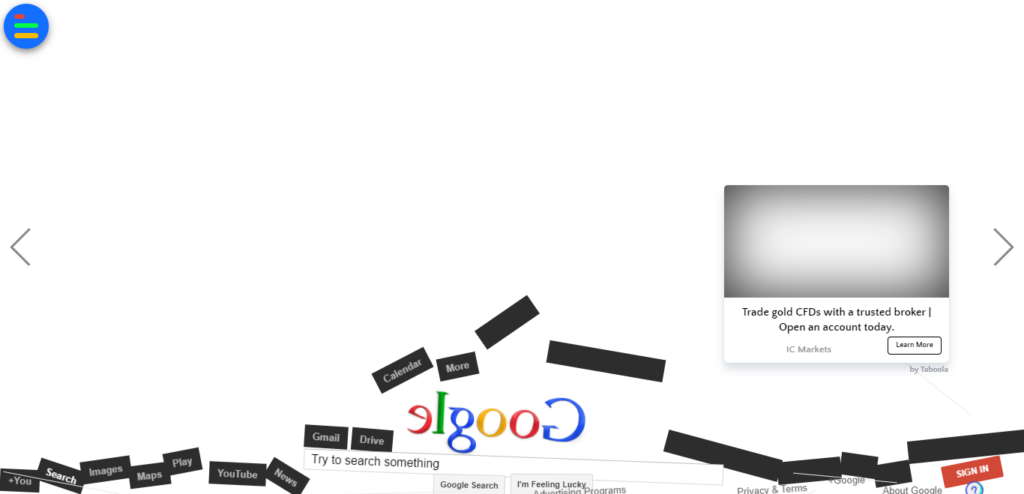
And you can spend way more time than you meant to when you fall down the Google game Rabbithole.
Conclusion
Gamification is undoubtedly an effective way to enhance your content and increase audience engagement.
It’s even been found to boost conversions up to 7x!
By experimenting with various techniques, you should be able to pull more of your audience in and motivate them to engage more frequently and on a deeper level.
